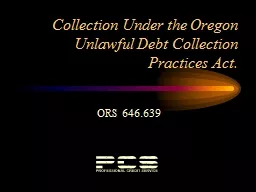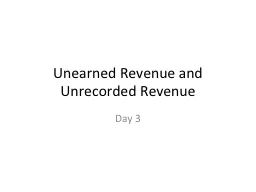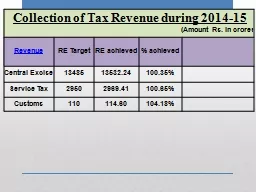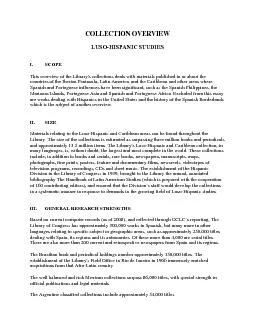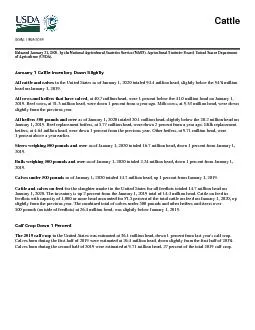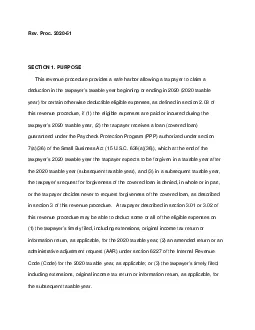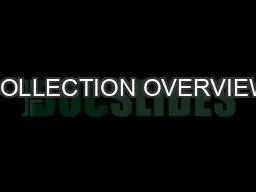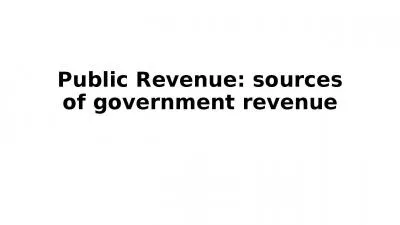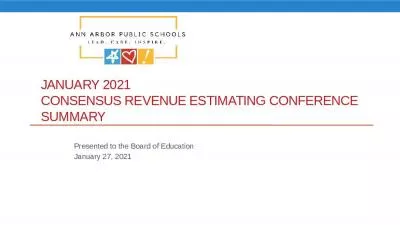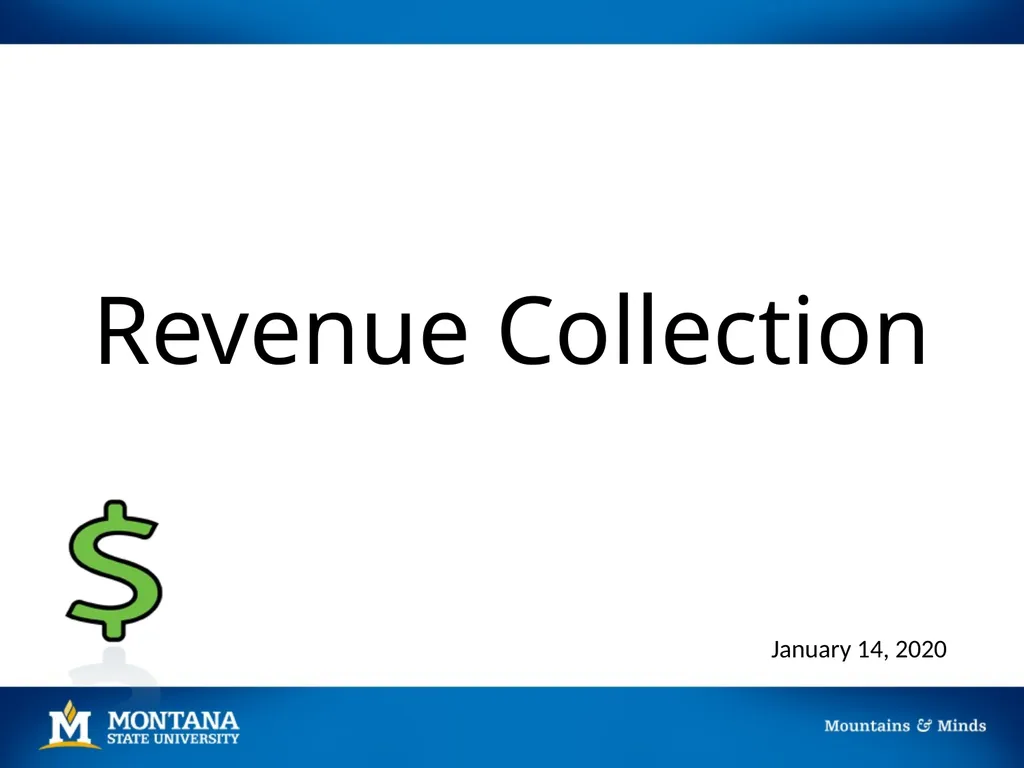
Author : alexa-scheidler | Published Date : 2025-06-23
Description: Revenue Collection January 14, 2020 Overview Risks and Controls for Revenue Collection Types of Funds used for Revenue Collection Procedures for Revenue Collection Accepting Credit Card Revenue Grant Revenue Collection Change Funds andDownload Presentation The PPT/PDF document "" is the property of its rightful owner. Permission is granted to download and print the materials on this website for personal, non-commercial use only, and to display it on your personal computer provided you do not modify the materials and that you retain all copyright notices contained in the materials. By downloading content from our website, you accept the terms of this agreement.
Here is the link to download the presentation.
"Revenue Collection January 14, 2020 Overview Risks"The content belongs to its owner. You may download and print it for personal use, without modification, and keep all copyright notices. By downloading, you agree to these terms.
